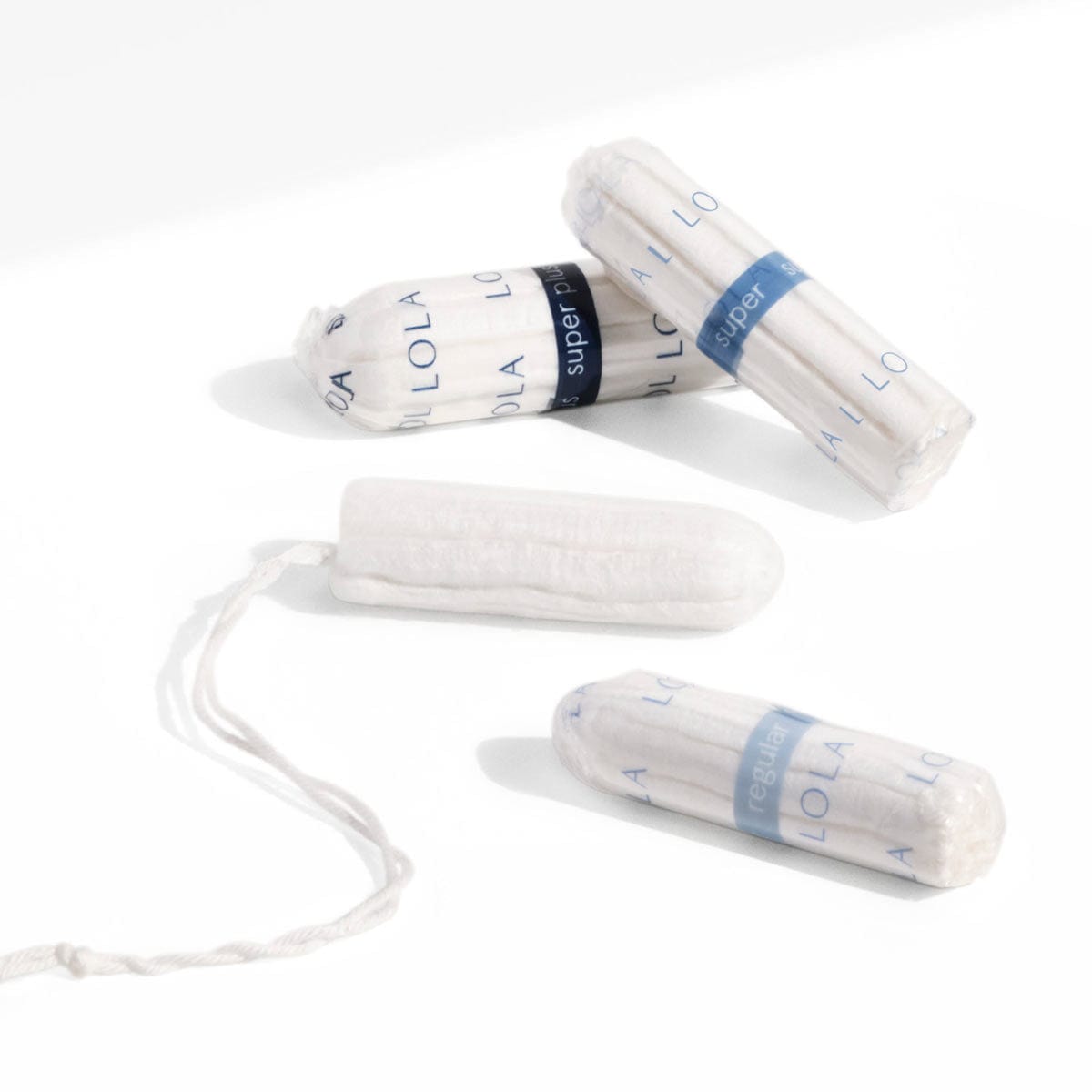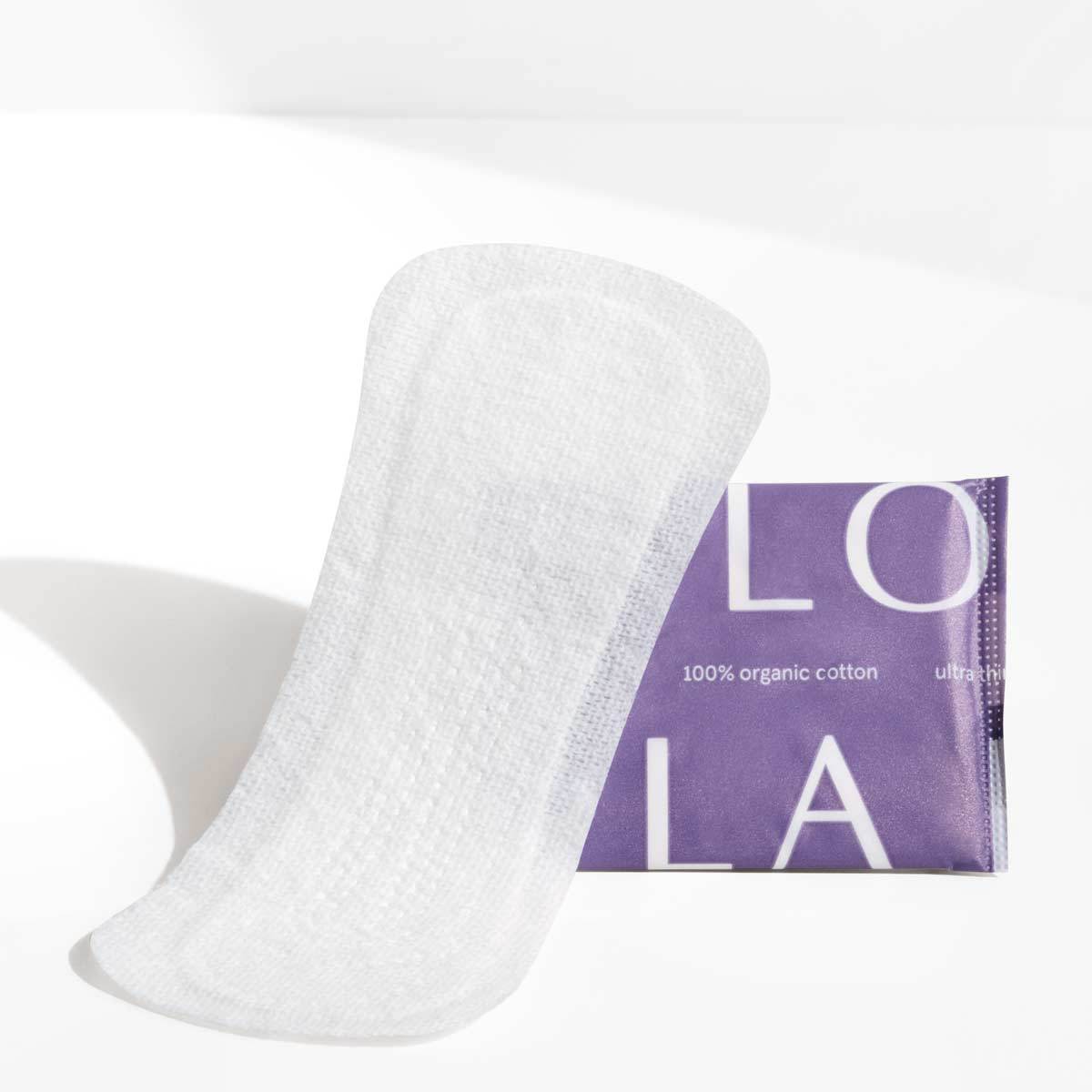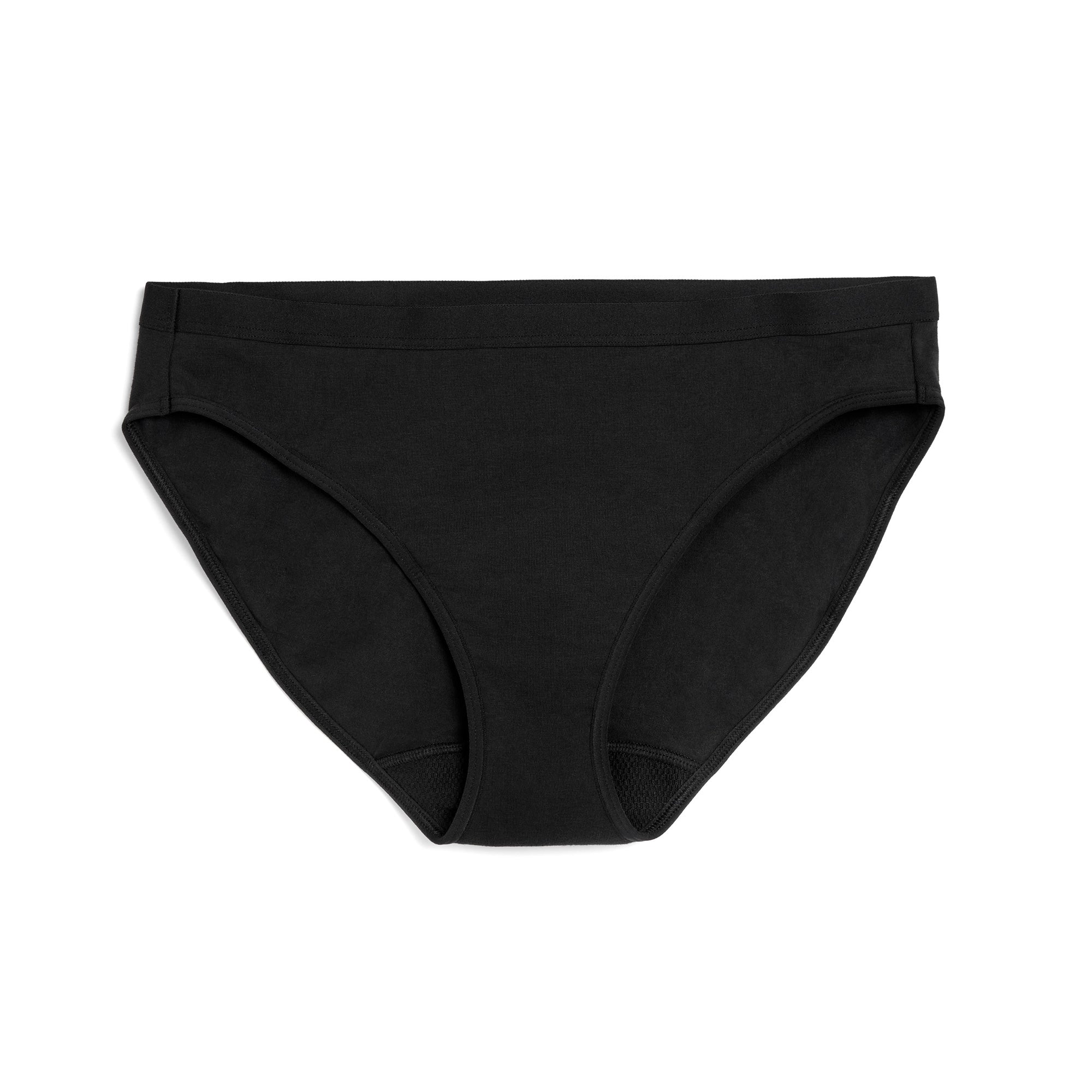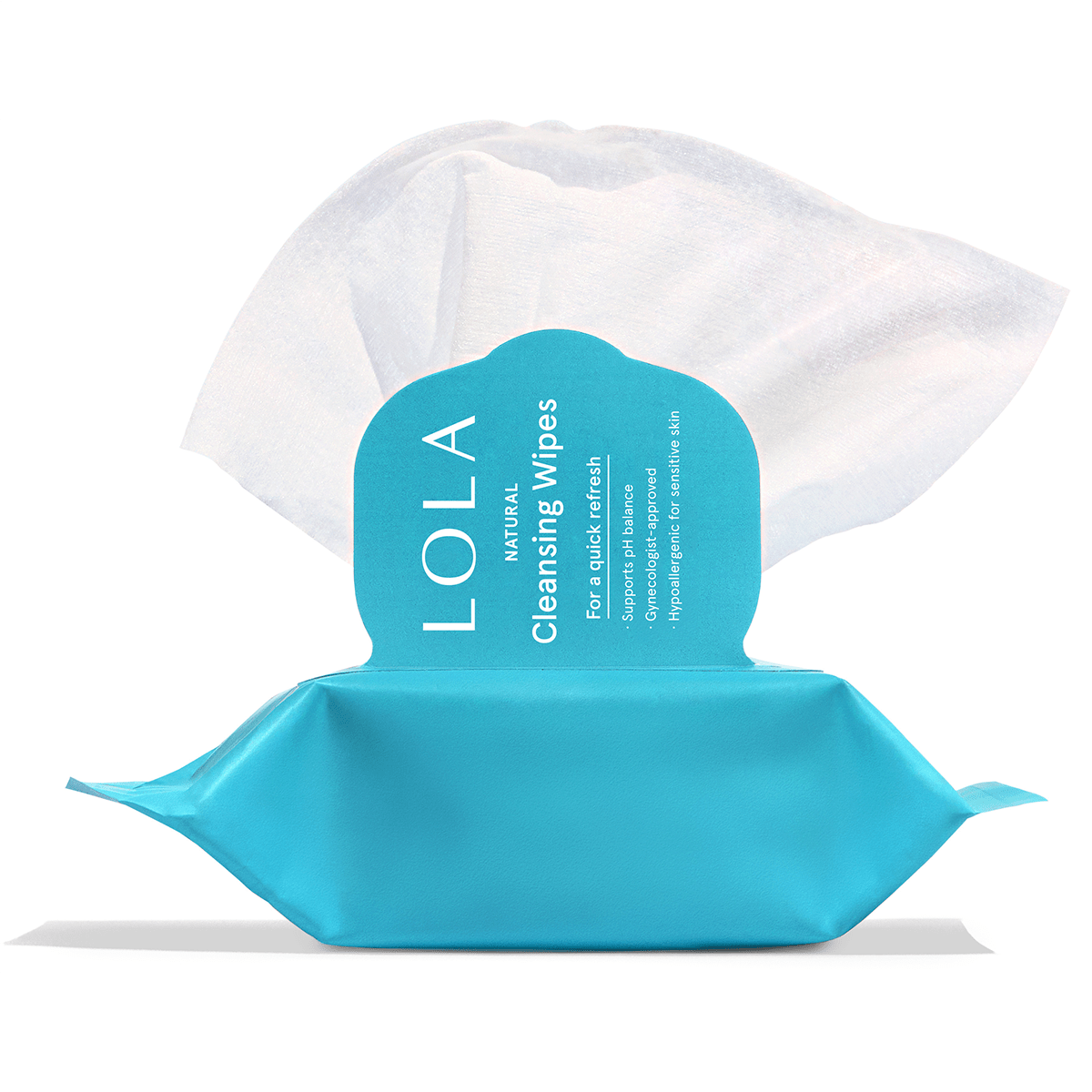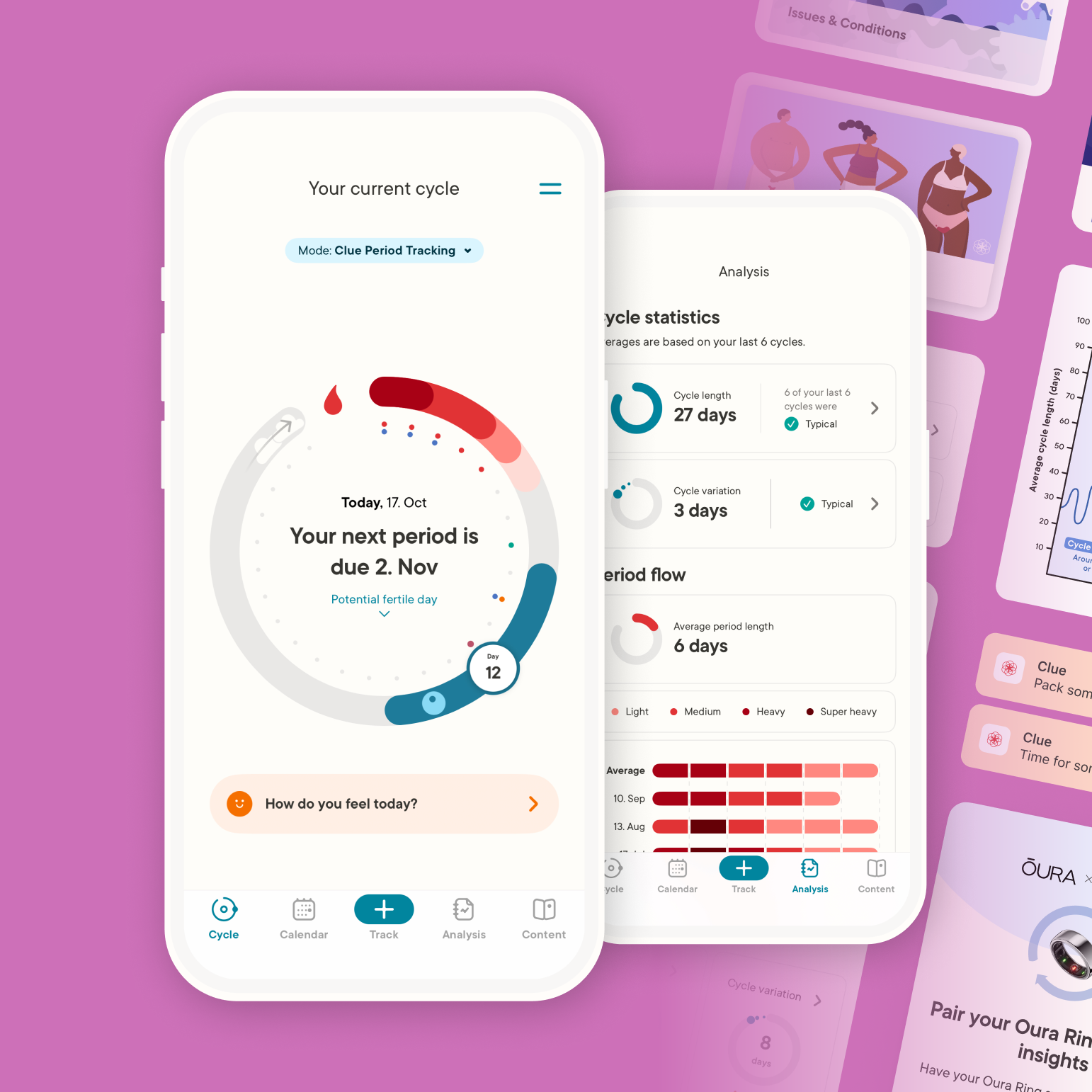Between threats to IVF services, political efforts that could further imperil bodily autonomy, and an increased cost of living making essential menstrual products more expensive, it may be tempting to fall into despair about our reproductive and menstrual rights. These are credible threats, and it’s easy to feel like issues like fighting the pink tax or showing up for women’s reproductive rights at the ballot box are competing for precious news-cycle oxygen – and not always winning.
But it’s not time for despair. In fact, there’s a lot for those who care about women’s rights to be hopeful about. “Menstrual health and care have definitely moved from margin to near center in recent years,” Dr. Christina Bobel, a professor in the Women's Studies department at University of Massachusetts, Boston, said. “There has been a surge in new organizations, initiatives within existing organizations, social businesses, social media activity, and certainly press coverage, popular writing and scholarship — all focused on various dimensions of menstrual health across the life course.”
To mark Women’s History Month, in this article we’ll lay out what all of us can do to help defend our rights.
Reproductive rights are on the line
The erosion of American reproductive rights has been well-documented, with the fatal blow coming in 2022, when the Supreme Court overturned Roe v. Wade, effectively voiding the constitutional right to an abortion.
Since then, most Republican-controlled states have put new abortion restrictions into effect, including fourteen states that have completely banned the procedure and ten others that have bans at 22 weeks or less. Many Democrat-dominated states have instituted laws or executive orders to protect abortion access. In vitro fertilization, too, has come under fire, after the Alabama Supreme Court ruled that frozen embryos can be considered children under state law, where abortion is banned. Critics say this could have sweeping repercussions for fertility treatment.
So what can you do about all this? Educate yourself — and then show up to vote. Use resources like the Guttmacher Institute’s website to check where your state stands on major issues in sexual and reproductive health.The Center for Reproductive Rights’ “After Roe Fell: Abortion Laws by State” interactive map shows you the finer points of relevant laws in your state and other U.S. states. Do you know where your local, state, and federal legislators stand on reproductive rights issues? Find your member of Congress, and call or email them to find out.
The most impactful place to make a change is at the ballot box — especially this year, when more than 60 countries representing 4 billion people will vote in elections, in countries from the U.S. and India to North Macedonia and Taiwan. In the U.S., pregnancy and abortion are on the ballot in a handful of states this fall, and there is demonstrated power in voting. In 2022, voters chose to protect reproductive rights in all five states where abortion-related measures appeared on their ballots. “It is incumbent on all Americans to protect democracy during the 2024 presidential election cycle and begin to address the systemic problems with voting, elections, and representation that will continue to fester without meaningful reforms,” wrote the Center for American Progress's Greta Bedekovics and Rebecca Mears. “It is past time Americans act to create the democracy they want future generations to inherit.”
Beyond voting, you can find reproductive health and rights organizations to support. Abortion funds are grassroots organizations that help arrange and cover the costs of abortion care for patients who need it. By donating to these funds, you can help pay for lodging and transportation costs — especially for patients who have to travel long distances because of restrictive abortion laws in their states. The National Network of Abortion Funds has a tool to help you search for and find abortion funds to support. Consider supporting an abortion fund in a region where it may be harder for people to get abortions because of restrictive laws.
You may also want to consider learning about, joining, or donating to other kinds of organizations working on reproductive health and justice, such as the American College of Obstetricians and Gynecologists (ACOG), In Our Own Voice: National Black Women’s Reproductive Justice Agenda (a reproductive justice partnership made up of eight Black women’s reproductive justice organizations), Indigenous Women Rising (supporting Native and Indigenous People’s right to equitable and culturally safe healthcare), National Latina Institute for Reproductive Justice (which fights for equal access to reproductive health for Latina/x communities), or Unite for Reproductive and Gender Equity (URGE, a reproductive justice organization led by young LGBTQ+ people and people of color).
Mind the (pay) gap
Though job opportunities for women have certainly improved from 50 years ago, many of the gains women have made in labor force participation have stalled in recent years.
According to a 2024 Pew Research report, women made up 47% of the U.S. civilian labor force last year, but that growth has stagnated, and they represent almost two-thirds of the workforce in the 40 lowest-paying jobs.
And the gender pay gap has remained more or less flat in the U.S. over the past two decades. In 2022, women earned 82 cents for every dollar men earned, a measly two-point bump from 2002, when women earned 80 cents to the dollar. And that’s just for women overall — when we break it down by race and industry, the gender wage gap is even wider for many women of color. If the wage gap were to close, poverty rates for working women would be reduced by more than 40%.
So, what can be done? According to Da Hae Kim, State Policy Senior Counsel, Education & Workplace Justice at the National Women’s Law Center, seeking pay transparency at work is one way to close the gap. A handful of states, including Hawaii, Nevada, New York, Rhode Island and Washington, currently have pay transparency laws, which require employers to disclose salary information to job candidates and current employees.
“Pay negotiations are notoriously unfavorable to women: Women who negotiate are perceived as greedy and not team players; relatedly, because women are typically coming from roles where they are paid less, women often ask for less than their equally qualified male counterparts,” she wrote. “But when job applicants are clearly informed about the context for negotiations, like the range of pay, these gender differences in negotiation outcomes diminish… which could help narrow gender and racial wage gaps and raise wages for low-paid workers—who are disproportionately women.”
Even without these laws on the books, sharing your salary with your coworkers is a legal practice that can help ensure you're being fairly — and can expose discrimination or unfair pay trends at your workplace. Start by doing your research. Job sites like Indeed and Glassdoor can show you average pay for your job title, location and company, so you’re informed about industry averages. Then, ensure you have a goal in mind: people will be more likely to talk to you if you make it clear you’re doing it to understand what fair pay looks like. Finally, start having these conversations by choosing coworkers who you’re comfortable talking about salary with — it can be a touchy subject.
Unions have also been shown to help narrow the gender pay gap, by ensuring pay transparency and equity, argued Wendy Chun-Hoon, director of the U.S. Department of Labor’s Women’s Bureau and Liz Shuler, president of the AFL-CIO, in a 2023 op-ed. Today, 6.5 million women are union members, making up 47 percent of all workers unions represent. “By electing their leaders, union members democratically choose the people who negotiate their contracts and pave the way for regular wage increases, better job security and ways to address workplace grievances, discrimination and other concerns. They also feel empowered to speak out about pay discrepancies, sexual harassment and safety issues,” Chun-Hoon and Shuler wrote.
According to the Economic Policy Institute, women in unions earn an average of 94 cents to the dollar compared to men — much closer to parity than the 2022 Pew Research figure of 82 cents to the dollar earned by men. Unions often advocate for more equitable pay practices, which can include pay transparency, but also standardized wages, benefits like paid leave and scheduling accommodations, and grievance procedures in case of discrimination. The Muse and the AFL-CIO website both have step-by-step resources about the basics of forming a union with your coworkers.
Eradicating period poverty, increasing menstrual inclusivity
Today, menstrual activists are working to address the needs of under-resourced groups, including low-income, homeless, and incarcerated menstruators — and menstruators in the global south and in humanitarian emergencies. Members of that last group have gone largely unnoticed, according to Dr. Rita Jalali, Phd. Resident Scholar, Sociology Department and at the Center on Health, Risk and Society at American University. “In many humanitarian emergencies the menstrual hygiene management needs of women and girls are often overlooked. Menstruators all over the world should have access to facilities and materials to manage their menstrual hygiene needs confidently, in privacy and with dignity. Right now, huge sections of the population, including in wealthy countries, lack such basic access,” Jalali said.
Over a menstruator’s lifetime, they’ll spend about $6,000 on period products in the U.S. for themselves… and that doesn’t take into account sales tax. In 21 U.S. states, people are charged between 4% and 7% in sales tax on items like pads and tampons,according to data from the Alliance for Period Supplies. About one in four teens and one in three adults reported struggling to afford period products in a 2023 survey from the underwear brand Thinx and the nonprofit organization PERIOD. This issue, known as period poverty, is more common in Black and Latinx people.
The stronger the economy, and thus sales tax revenues, the stronger chance we’ll have of eliminating the tampon tax, it seems. Katherine Loughead, a senior policy analyst with Tax Foundation, a non-partisan tax research organization, noted an increase in sales tax exemptions for some products in recent years, including menstrual products. She credits it in part to strong state tax revenues: “It seems like there has been an uptick in exemptions actually being created,” she said. “The past few years it's been more of a discussion, especially as state tax revenues have been strong, the vast majority of states have cut their taxes in one or more ways over the past few years. This has been part of the discussion where sales tax exemptions have been considered that wouldn't necessarily be considered if revenue was really tight.”
In October 2023, LOLA was among a group of menstrual product makers to announce they've banded together to form "The Tampon Tax Back Coalition," an effort to reimburse people who pay sales tax on menstrual hygiene products like menstrual cups, tampons and pads. Today, if you buy products from any of the companies in the Tampon Tax Back Coalition, you can now submit your receipt to tampontaxback.com and be reimbursed the sales tax on your purchases.
Drs. Jalali and Bobel offered concrete solutions for people to take up the fight themselves.
Dr. Jalali recommends an approach appealing to our elected representatives. “In the US, we should call up our state legislators and congressional representatives and lobby them to make it easier for poor menstruators to access the menstrual materials in local prisons, schools, homeless shelters, through food stamp programs, the federal WIC programs, and support Congresswoman Grace Meng’s (D-NY) various bills on this issue,” she says. She highlights Scotland’s Period Products (Free Provision) Act as an example of how this can be enacted at a country-wide level.
Dr. Bobel’s advice was even more tactical:
- Avoid euphemisms like “my time of the month,” especially with children. “Say vulva, menstrual fluid or blood, menstrual materials, menstruation,” she said. “We don’t need to soften the truth here.”
- Bobel recommends using reusable menstrual products — they’re good for the planet.
- Bobel urges people to learn about the menstrual cycle. “Not just the period, but the whole complex, systemic, perpetual system and help others do the same,” she said.
- If you use hormonal birth control, ask questions about its impact on your body, short and long term. “Method effectiveness is important and so is your health,” she said. “We deserve options that prevent both unwanted pregnancy and unwanted side effects.”
- Chart your menstrual cycle. “Sure…you can get smart and use an app on your phone, but consider it a supplement to your own embodied consciousness, the kind where you really know your body,” Bobel added.
- Seek out local initiatives to support homeless menstruators or those in prisons. But before you start something up, Bobel said, connect with local service organizations and ask them, humbly: How can I help?
- Find out what puberty health ed is happening in your local schools. “If it perpetuates shame, silence, or secrecy—even subtly—or it reduces menstrual health to a consumer opportunity, challenge it,” she said.


